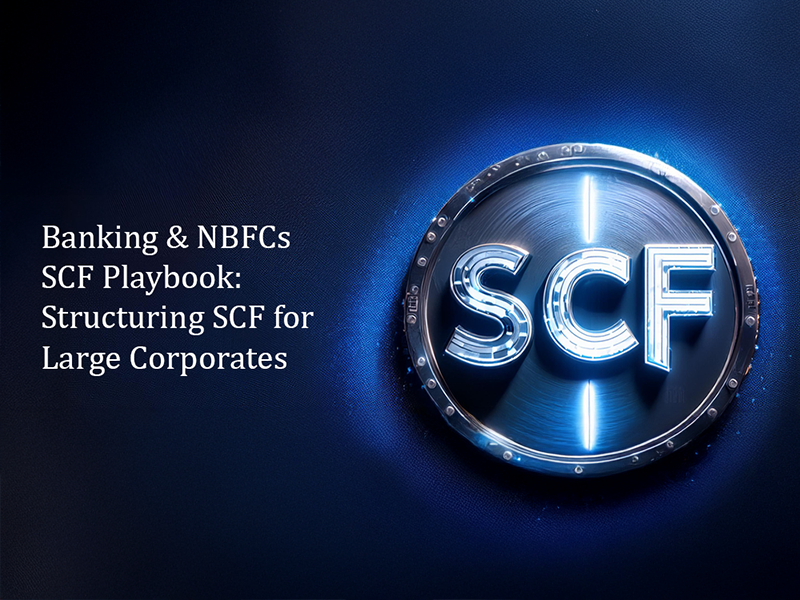Domain-Driven Design (DDD) Strategic Software Architecture for Complex Domains
Let’s get one thing straight: if your software doesn’t speak the language of your business, you’re building tech debt at the speed of light.
Enter Domain-Driven Design (DDD) — the tactical nuke against spaghetti architecture and “cargo cult” coding. Whether you’re battling legacy monstrosities or scaling a greenfield microservice jungle, DDD hands you the vocabulary, patterns, and boundaries to architect software that’s not just functional — but fluent in the business it serves.
Forget the buzzword fatigue for a second. DDD is not about cramming your domain into a hierarchy of objects. It’s a strategic playbook — designed to align domain logic, codebase architecture, and business goals like three planets in a perfect orbit.
It thrives in complexity — think trade finance, regulatory tech, fintech, health tech — where business logic can’t be captured in a CRUD UI or an ORM relationship alone.
🗣 Ubiquitous Language
This isn’t just jargon. It’s the shared, sacred dialect between domain experts and developers.
When your codebase reads like a business doc — and your business docs echo your code — congrats, you’re doing it right.
🧭 Bounded Contexts
One model to rule them all? Hard pass.
Bounded Contexts draw crisp, semantically-rich boundaries between subsystems. Invoices don’t mean the same thing to Finance, Collections, and CRM — so why should your models?
This is where context maps shine: defining protocols for integration without causing semantic bleed.
🧱 Strategic Design
Here’s where DDD becomes organizational judo. Map out your subdomains:
- Core Domain— your business’ competitive weapon.
- Supporting — necessary for business but not strategic (think KYC).
- Generic — commoditized functionalities (auth, notifications).
Strategic Design is about aligning your org structure and team topology with domain boundaries. Conway’s Law? Use it, don’t fight it.
🔧 Tactical Design Patterns
Inside each bounded context, you assemble the usual suspects:
- Entities: They have identity and memory. Like that one customer who always pays late.
- Value Objects: Stateless, immutable, and compared by value. Think currency, address, or blood type.
- Aggregates: Consistency boundary. If it were a microservice, it’d be your transactional fortress.
- Repositories: Your Aggregate’s data concierge. Get me “that Order,” no SQL injections required.
- Domain Events: The system’s way of yelling “something significant just happened!”
🎯 DDD in Practice: More Than Theory
DDD is not about religious dogma or architectural overkill. It’s about conscious modeling — ensuring your software doesn’t become a translation layer between engineers and the actual business.
It means:
- Pairing with domain experts — not just during discovery, but continuously.
- Modeling like it actually matters.
- Letting go of premature abstraction and “framework first” thinking.
It’s code that narrates business logic, not just executes it.
- Accidental Anemia: All your logic in services? You’ve turned your domain into DTO soup.
- One Context to Rule Them All: Monoliths aren’t bad. Leaky contexts are.
- Code-first DDD: If you start with entities and end with anemic CRUD, you’ve missed the forest for the aggregate root.
At BillMart, we live this.
Our business revolves around the nuances of trade finance, where “invoice,” “disbursement,” “discount rate,” and “tenor” aren’t just words — they’re weapons. DDD isn’t optional for us — it’s foundational.
Our platform mirrors the financial domain with precision, allowing us to scale faster, integrate smarter, and underwrite better.
Whether it’s verifying a supplier, negotiating dynamic discounts, or optimizing cash flow across tiers — our domain model is our business model.
In a world drowning in tech noise, DDD is the rare discipline that insists: understand first, code later.
If your software doesn’t model the business, it’s just automation without intelligence.
👉 Visit www.billmart.com
👉 Follow our journey as we reimagine B2B capital at the speed of trust.



